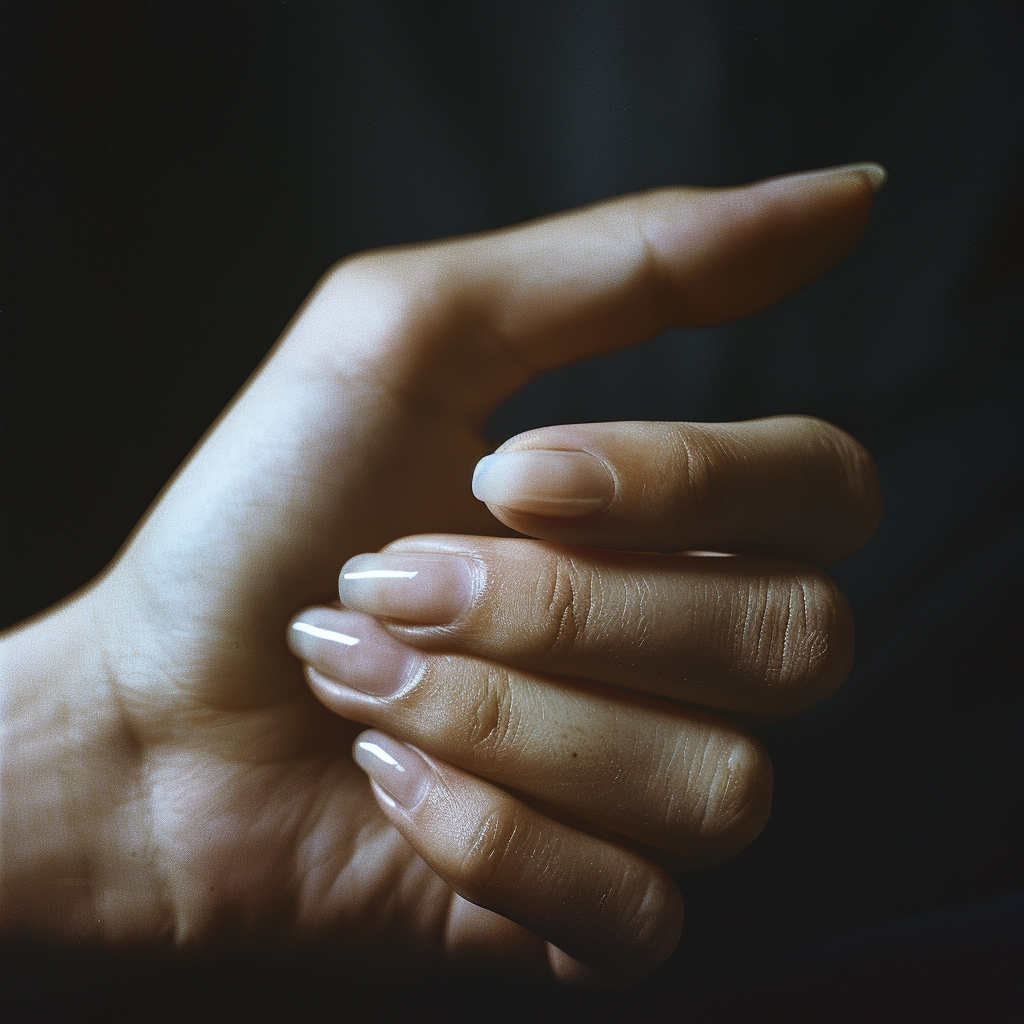
Have you ever looked down at your fingernails and noticed mysterious lines running across them? These lines, often dismissed as mere imperfections or signs of aging, can actually provide valuable insights into your health and well-being. From subtle ridges to more pronounced grooves, fingernail lines can be indicative of various underlying conditions, ranging from nutritional deficiencies to serious medical issues. Let’s take a look at what fingernail lines are and explore what they might signify.
Understanding the Basics
Before we dive into the significance of fingernail lines, it’s essential to understand the anatomy of the nail. The nail plate, the hard part of the nail that we see, is composed of keratin, the same protein found in hair and skin. The nail bed lies beneath the nail plate and is responsible for nourishing and supporting nail growth.
Fingernail lines, also known as nail ridges or longitudinal striations, can manifest in different forms:
Vertical Ridges: These are the most common type of fingernail lines and typically run from the cuticle to the tip of the nail. Vertical ridges are often harmless and become more prominent with age. They can result from decreased cell turnover in the nail matrix or changes in the connective tissue’s composition.
Horizontal Lines: Also referred to as Beau’s lines, horizontal lines traverse the width of the nail and are usually indicative of more significant health issues. Beau’s lines can arise from trauma, severe illness, chemotherapy, malnutrition, or certain systemic diseases affecting nail growth.
Muehrcke’s Lines: These are horizontal, white lines that appear parallel to the lunula (the white crescent-shaped area at the base of the nail). Muehrcke’s lines can be a sign of hypoalbuminemia, a condition characterized by low levels of albumin in the blood, often associated with liver disease or malnutrition.
Deciphering the Messages
While some fingernail lines may be harmless, others can serve as important warning signs of underlying health conditions. Here’s what various types of lines might indicate:
Nutritional Deficiencies: Horizontal or vertical ridges can signal deficiencies in essential vitamins and minerals such as iron, zinc, calcium, and B vitamins. Ensuring a balanced diet rich in fruits, vegetables, lean proteins, and whole grains can help prevent these deficiencies.
Thyroid Disorders: Brittle nails accompanied by vertical ridges may indicate thyroid dysfunction, particularly hypothyroidism. The thyroid gland plays a crucial role in regulating metabolism, and abnormalities can affect nail health.
Cardiovascular Issues: Splinter hemorrhages, which appear as tiny, vertical blood clots under the nails, can be a sign of endocarditis, a serious infection of the heart’s inner lining. These lines may warrant immediate medical attention.
Autoimmune Diseases: Conditions such as psoriasis and lupus can cause nail abnormalities, including pitting, ridges, and discoloration. Managing the underlying autoimmune condition is key to improving nail health.
Trauma or Injury: Sudden changes in the appearance of the nails, such as Beau’s lines, may indicate physical trauma or injury. However, if no trauma is evident, these lines could be a manifestation of systemic illness and should be evaluated by a healthcare professional.
When to Seek Medical Advice
While occasional fingernail lines are normal and often harmless, certain changes warrant medical attention. Consult a healthcare provider if you experience:
– Sudden or significant changes in nail appearance, such as the development of new lines or discoloration.
– Persistent ridges or lines that worsen over time.
– Nail abnormalities accompanied by other symptoms such as pain, swelling, or bleeding.
Maintaining Healthy Nails
While fingernail lines can provide valuable clues about your health, maintaining overall nail health is essential. Here are some tips for keeping your nails in top condition:
Eat a Balanced Diet: Consume a nutrient-rich diet with plenty of fruits, vegetables, lean proteins, and whole grains to support nail growth and strength.
Stay Hydrated: Drink an adequate amount of water each day to keep your nails hydrated and prevent brittleness.
Protect Your Nails: Wear gloves when engaging in activities that may cause trauma or damage to your nails, such as gardening or household chores.
Practice Good Nail Care: Keep your nails clean and dry, and avoid using harsh chemicals or excessive filing, which can weaken the nails.
Manage Stress: Chronic stress can impact nail health, so practice stress-reduction techniques such as meditation, yoga, or deep breathing exercises.
Fingernail lines are not just cosmetic nuisances but can offer valuable insights into your overall health. By paying attention to changes in nail appearance and seeking timely medical advice when necessary, you can ensure that your nails remain strong, healthy, and beautiful.





